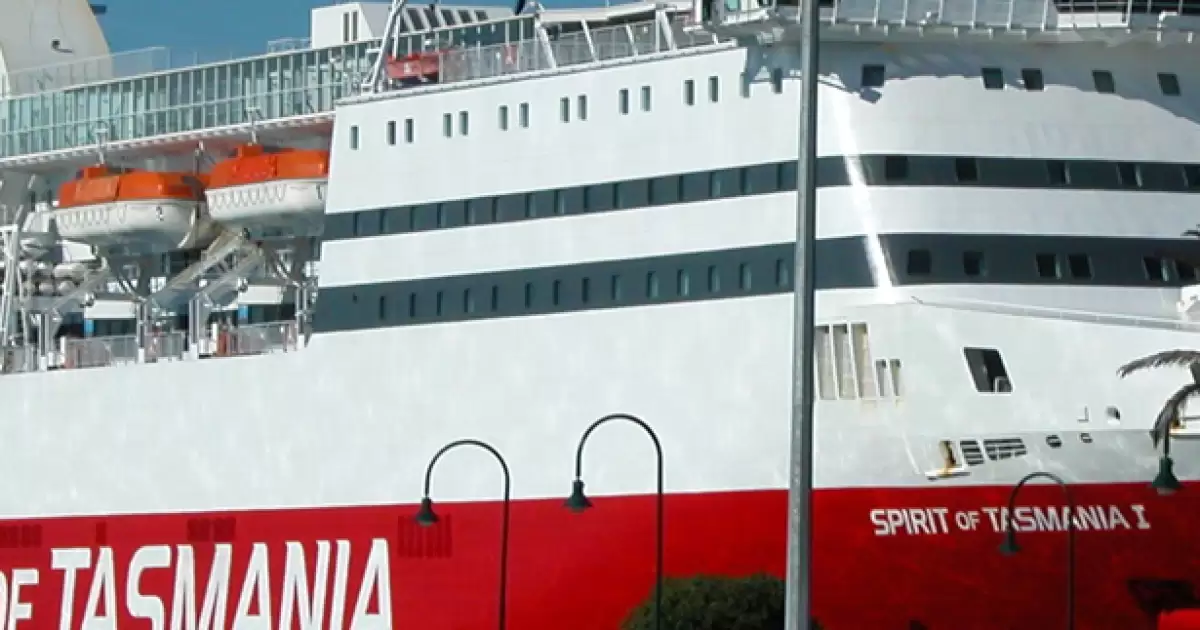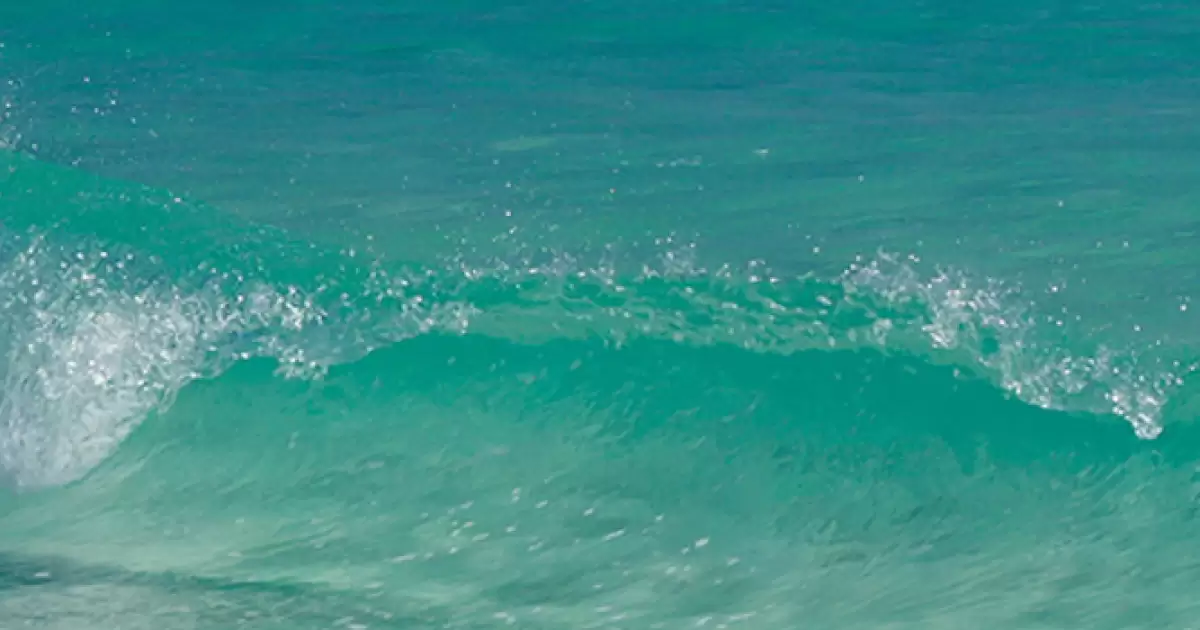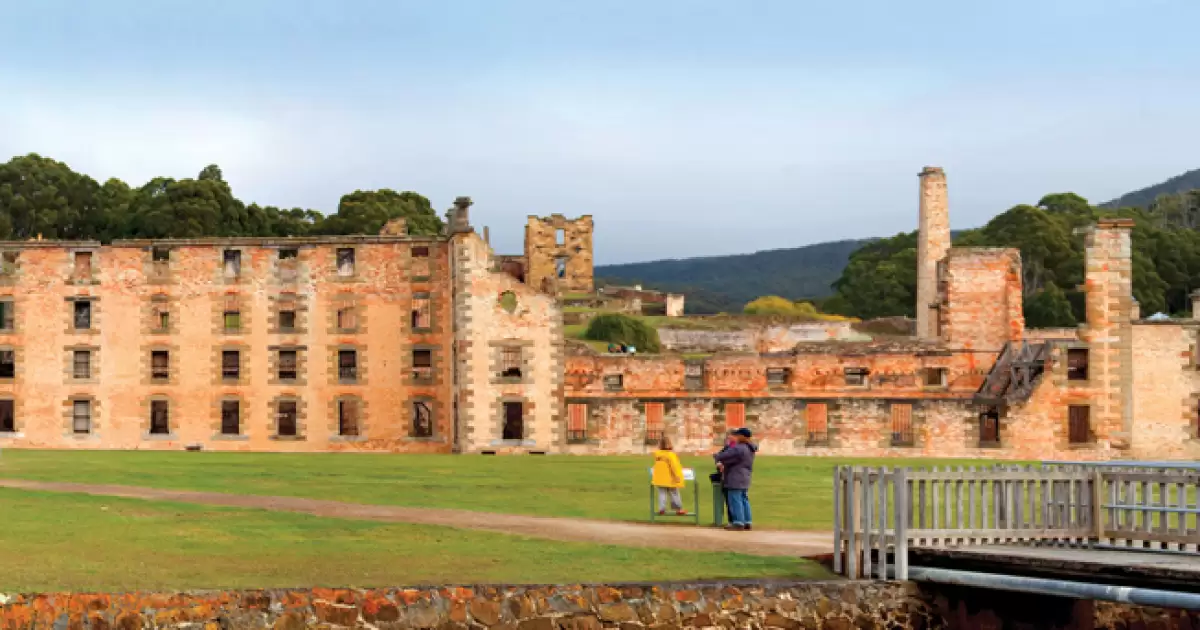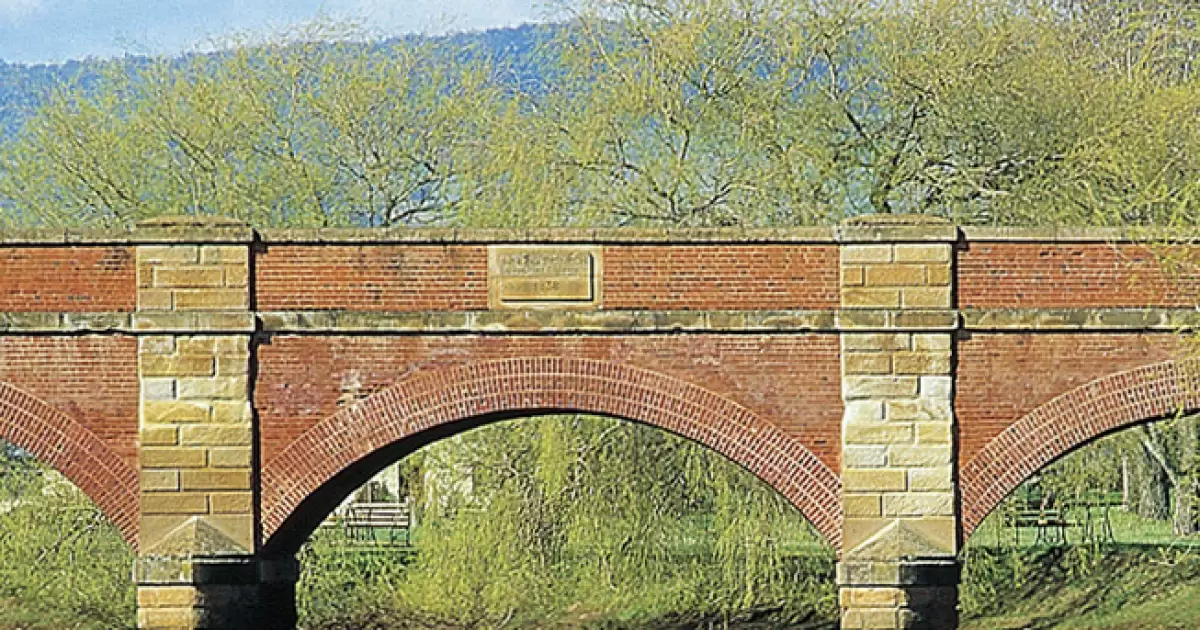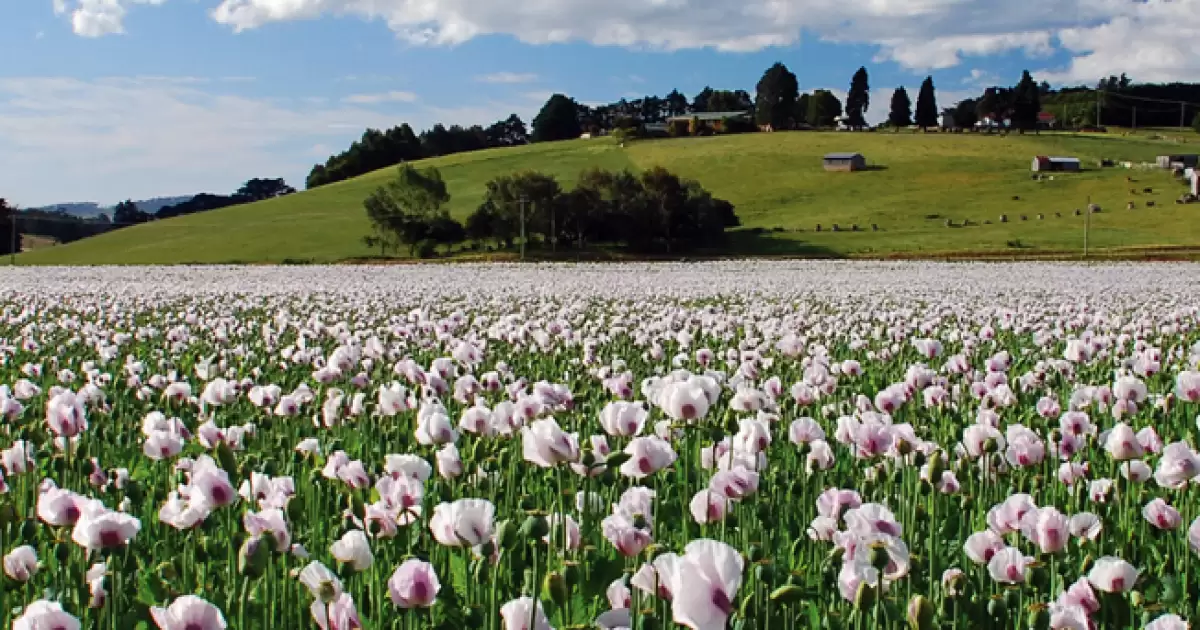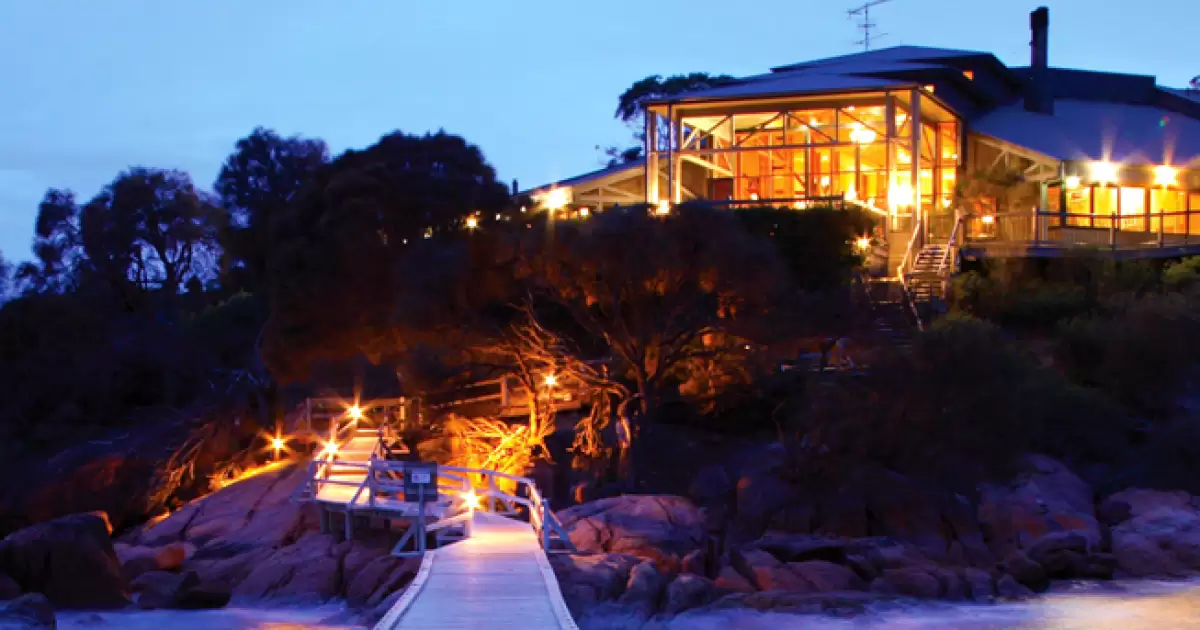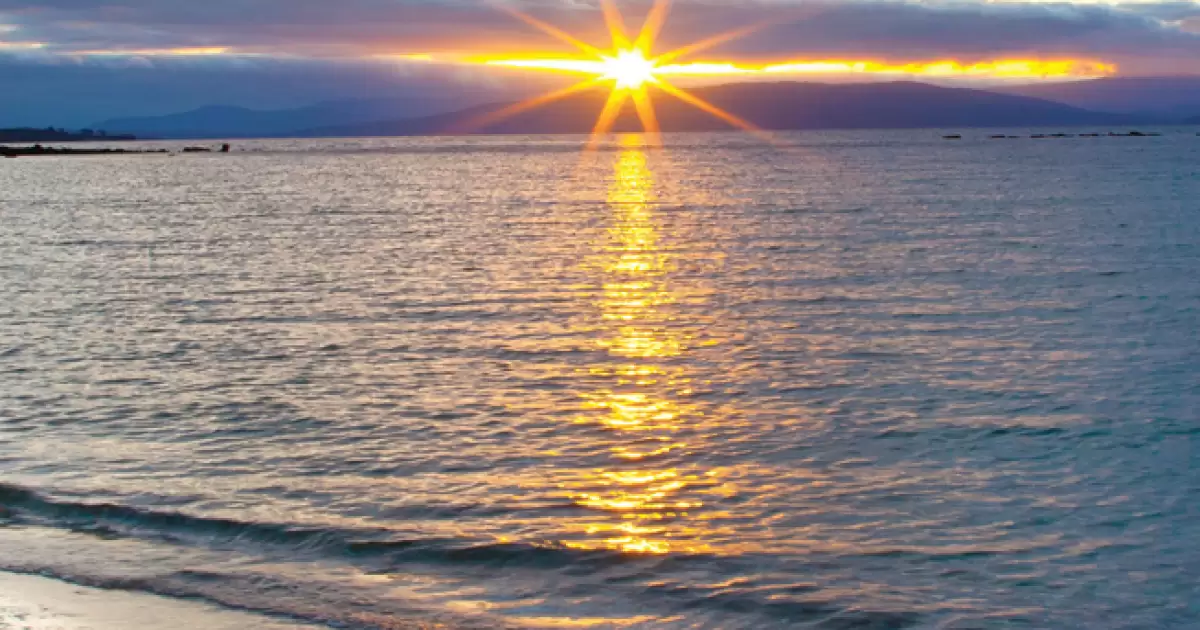Tasmania is an ideal destination for self-drive holidays, with endless reasons to stop, explore and create an itinerary as you travel. Bring your own car on the overnight ferry, the Spirit of Tasmania, or hire a car or campervan. There are over 1,000 kilometres of bushwalking tracks and routes in Tasmania.
Climate
Tasmania has a cool temperate climate with four distinct seasons. Summer lasts from December to February when the average maximum sea temperature is 21 °C (70 °F) and inland areas around Launceston reach 24 °C (75 °F).
There are hot periods that last little longer than a few days. It is during this time that Tasmania has the longest hours of daylight in Australia, such as in December when Hobart has more than half an hour of extra daylight than Melbourne, and more than an hour longer than Sydney.
Autumn lasts between March and May and experiences changeable weather, when summer weather patterns gradually take on the shape of winter patterns.
The winter months are between June and August and are generally the wettest and coolest months in the state, with most high lying areas receiving considerable snowfall. Tasmania doesn't get as cold as similar latitudes in the northern hemisphere. Hobart, Tasmania's capital, receives less rain than any other Australian capital except Adelaide.
About Our State
Tasmania is the smallest state of the Commonwealth of Australia. It is an island about 250 km (150 miles) south of the state of Victoria, separated by the Bass Strait. It is estimated that Tasmania is made up of 334 islands. The City of Hobart is nestled between Mt Wellington and the Derwent Estuary on one of the world's great deep water ports.
Society & Culture
The island has the cleanest air in the world, so nature's palette shows through without the contamination of urban pollution. Tasmanian's love their gardens and in the centre of the State, European cottage courtyards co-exist with exotic blooms and heritage gardens.
Things To Do
Tasmania is surrounded by temperamental seas, that can be an awesome event in themselves to watch. Hobart is home to one of the World's toughest blue water classics, the Sydney to Hobart Yacht Race. It is also the Gateway to Antarctica and homeport for Australia's only icebreaker, Aurora Australis.
Rafting and kayaking down the Franklin River is a magnificent 12 day wilderness rafting experience through some of the most spectacular scenery in Australia. Some of Australia's deepest, longest and best decorated caves are in the World Heritage Area, some containing archaeological sites of great significance dating back over 30,000 years.
More About The Area
In Tasmania you will also find rare species of plants and animals in Tasmania's 20 national parks. It has spectacular views, world renowned wilderness, clean air, cool fresh water, rich soil and gourmet produce. Tasmania's pristine environment enables it to manufacture high quality delicacies. Tasmanian beer is brewed from some of the cleanest water in the world, and the green pastures of King Island ideally suit the area to cheese making.
The Tasmanian Wilderness World Heritage Area protects one of the last true wilderness regions on Earth and encompasses a greater range of natural and cultural values than any other region on Earth. Landscapes range from mountains, waterfalls, glassy lakes and alpine tarns to tannin rivers, vast plains and beaches. Forests comprising native rainforest and open eucalypt forest, and plantation - now cover about 3,317,000 hectares (8,192,990 acres), or 49 per cent of Tasmania.

